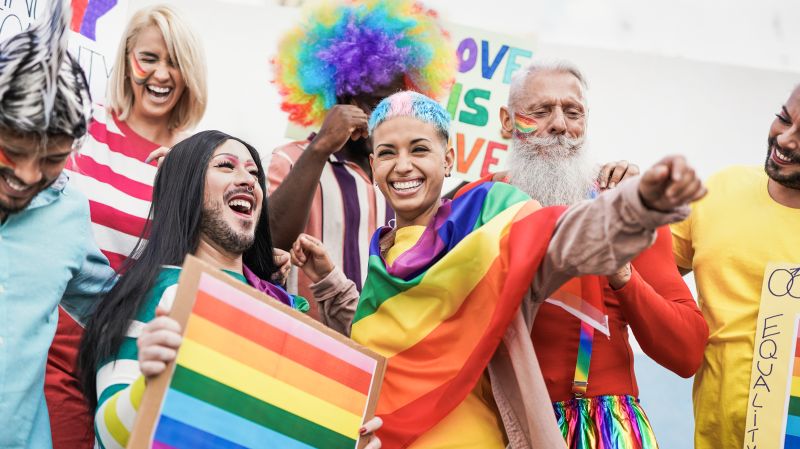
Although most of you guys will be leaving Berlin in a week or two, it doesn’t mean you have to stop immersing yourself in the city. We’ve compiled a list of some great movies and tv shows set in Berlin. These are a great way to continue practicing your german and keep Berllin in your hearts, even when you’re hundreds of miles away!
TV SERIES
- 4 Blocks

4 Blocks is the German answer to every American gangster movie and series. The drama series delves into the dark world of organized crime, family feuds and gang violence in Berlin-Neukölln. It stars all different well-known German actors. Watching this TV Show is a good way to polish up your gangster German. Be aware, 4 Blocks has a high potential for addiction!
Where you can watch it: Amazon Prime, for purchase on Youtube and Apple TV
Seasons: Three seasons
- Babylon Berlin

Babylon Berlin is the most exciting and expensive German TV production to date. The popular show continues to make headlines across the globe, with its almost €40 million budget, stunning costume design, and renowned directors Tykwer, Achim von Borries, and Henk Handloegten. The first two seasons are based on the crime novel The Wet Fish by Volker Kutscher, which follows the lives of the main characters, played by Volker Bruch and Liv Lisa Fries, through Berlin in the late-1920s.
Where you can watch it: Free online stream from Das Erste – here
Seasons: Four seasons
- Dark

Dark– Netflix’s first German series has been a huge success. Without giving too much away, it begins with the disappearance of a child, leading four families to start a desperate search for answers to a mystery that impacts three generations. A mix between science-fiction, thriller, mystery, and drama, some people have called Dark the German Stranger Things. The oftentimes colloquial language is a perfect way to improve your German skills while simply lying in bed or on the couch!
Where you can watch it: Netflix
Seasons: Three Seasons
- Kleo

Kleo revolves around a former east german Stasi assassin (Kleo) who is set free after the fall of the Berlin Wall. Kleo is determined to find out why she was locked up in East Germany, and take revenge on those who betrayed her. This highly stylized series is filled with the bright colors of the 80s and 90s, while also featuring funny supporting characters – such as the techno-loving West Berliner Thilo, who moves into Kleo’s apartment. Watch the first season now so you’re ready for the season 2 release coming in 2024!
Where you can watch it: Netflix
Seasons: One Season, with a second one coming out soon
- Türkisch für Anfänger
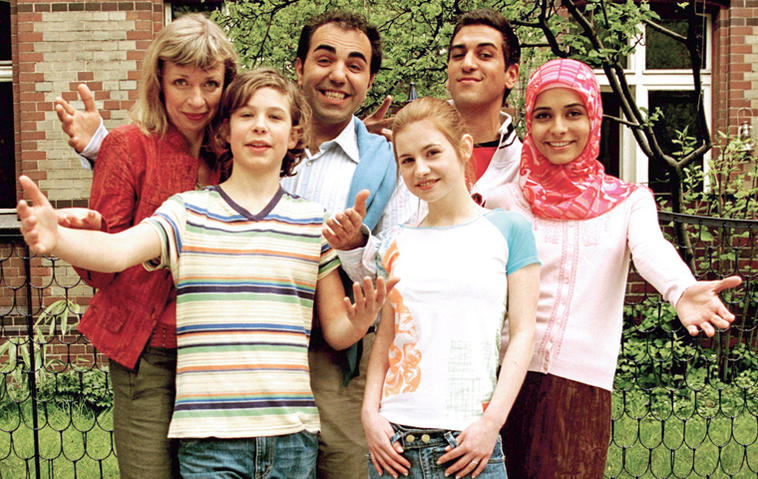
Türkisch für Anfänger follows a German teenage girl and her new patchwork family. When Lena’s mom marries a Turkish man with two children, the two families are forced to overcome their cultural differences and get along with eachother. Filmed from 2006-2008, the series follows the characters as they grapple with teenage life in Berlin. This funny and heartfelt series is perfect for casual watching, and is a great way to practice your German.
Where you can watch it: Netflix, Amazon Prime, and Youtube (with subscription); for purchase on Apple TV
Seasons: Three
- Unorthodox
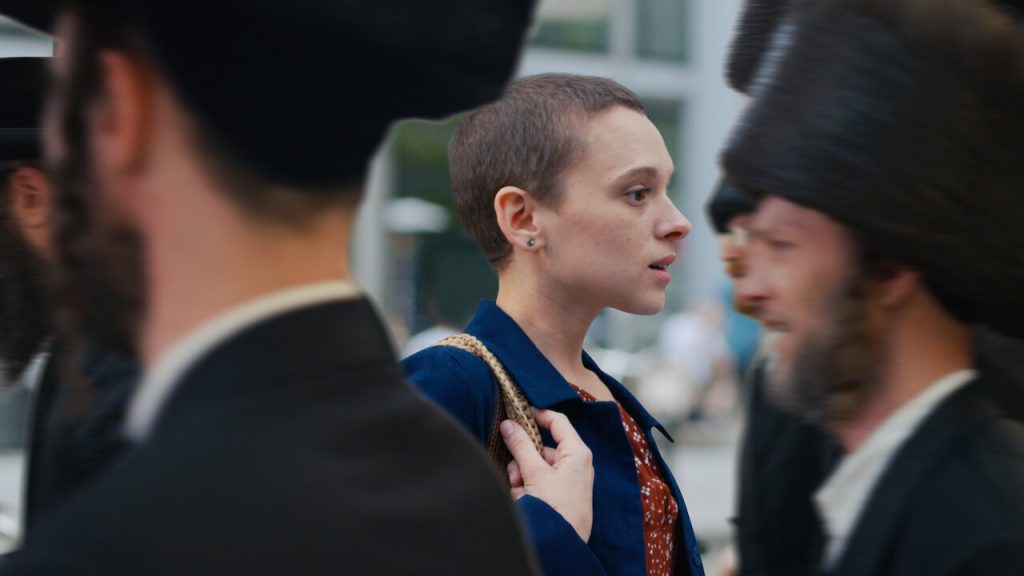
Unlike the other shows on this list, Unorthodox is not primarily in German. However, it is still an amazing show worth watching. It follows the journey of a Jewish woman living in an Ultra-Orthodox community in Brooklyn, who chooses to secretly run away to Berlin. Once in Berlin, she does her best to navigate a new, secular world, and discover who she is without her community. This 4 episode mini-series is a great watch, and is the first Netflix show to be filmed primarily in Yiddish!
Where you can watch it: Netflix
Seasons: One
MOVIES
- Victoria (2015)

Not quite light fare, but equally good, is Victoria, a film that was shot in one single continuous take. Two hours and eighteen minutes – shot from about 4:30 AM to 7:00 AM on 27 April 2014 in the Kreuzberg and Mitte neighborhoods. No cuts. The script consisted of twelve pages, with most of the dialogue being improvised. It draws you in with the typical boy meets girl storyline, until everything gets out of control. Very capturing from the first minute.
Where to watch: For purchase on Apple TV, Amazon, and Youtube
- B Movie: Lust & Sound in West Berlin (1979-1989) (2015)

A compilation of mostly unreleased film and television footage, B-Movie documents the West Berlin sub and pop cultures that emerged in the decade before the fall of the Wall. The film is narrated by Mark Reeder, a Mancunian musician and producer, who shares his experience of Berlin when he began living there in 1978, and it tells a tale of an illusive and mysterious city that, in reality, no longer exists. Featuring notorious figures of the time like Blixa Bargeld and Nick Cave, B-Movie harnesses a strange nostalgia for a city that could only exist then; the creation, the art and the attitudes that emerged from the pain of a divided city.
Where to watch: Amazon Prime and Youtube (with Subscription)
- Oh Boy – US title A coffee in Berlin (2012)

Oh Boy (a black and white tragic comedy) tells the story of Niko, a Berliner in his late twenties, who dropped out of university and since then has been drifting through his days, wondering about the people around him. The film has won several German and European Film Awards.
Where to watch: Netflix, for purchase on Youtube
- The Lives of Others (2006)

Set in 1983 in East Berlin, The Lives of Others tells the story of a playwright, Georg Dreyman, living in the occupied and monitored city. Capturing the isolation and fear that George feels, it is tale told with inescapable resonance, showing the extremity of the spying and interference within a state under watch. The people who are spying on him become intertwined in his life, and this extraordinary film offers a poignant and paranoid picture of life in East Berlin. Acclaimed for its factual and aesthetic accuracy, the film won the Oscar for Best Foreign Language film.
Where to watch: Netflix, for purchase on Amazon and Youtube
- Goodbye Lenin (2003)

A film about Alex, a young man from East Berlin, whose mother is put into a coma during the lead to the fall of the Berlin Wall in 1989 and then wakes up in a reunified Germany. However, doctors tell Alex that the potential shock of such a revelation could give her a heart attack, so she must not be told of what has happened. As a result, Alex and his friends have to recreate the illusion of the GDR in his mother’s apartment for her, while outside, the two former countries are unifying.
Where to watch: Netflix, Amazon Prime, Disney+
- Berlin Alexanderplatz (2020)

This 2020 film drama is based on one of the most famous novels written about Germany’s capital city: „Berlin Alexanderplatz“ by Alfred Döblin. While the novel is set in between the two World Wars, the 2020 film adoption transposes the storyline to our days with an undocumented immigrant from West Africa in the central role. The film, spanning almost 3 hours, offers you a vivid, colorful and captivating insight into topics such as racism, love and psychology.
Where to watch: For purchase on Apple TV, Amazon, and Youtube
- Run Lola Run (1998)

This iconic film depicts three alternative realities as the title character, Lola, runs to try and obtain 100,000 Deutsche Mark in 20 minutes to save her boyfriend, Manni, from being killed for failing to make good on a deal. The film does not feature many famous landmarks of Berlin, but shows an intersection of every day 90s Berlin, though Berlin’s best-looking bridge, Oberbaumbrücke. It has won several German and International Film Awards.
Where to watch: Amazon Prime and Youtube (with Subscription)
Happy watching!
Picture Sources: https://emojipedia-us.s3.amazonaws.com/source/skype/289/popcorn_1f37f.png ; https://cdn.sputnik.de/sendungen/popkult/four-blocks-100_v-variantBig16x9_wm-true_zc-ecbbafc6.jpg?version=42931 ; https://cdn.prod.www.spiegel.de/images/c88543e3-26f2-4def-b61c-7c630669a3ce_w1200_r1_fpx43.52_fpy49.98.jpg ; https://www.tz.de/bilder/2020/06/30/13816245/1906606865-viele-zuschauer-verwirrte-handlung-serie-dark-2zYMO9zM9vfe.jpg; https://www.netflix.com/de/title/81216677; https://www.tvmovie.de/news/tuerkisch-fuer-anfaenger-fortsetzung-josefine-preuss-aeuessert-sich-95993; https://www.netflix.com/de/title/81019069; https://de.web.img2.acsta.net/pictures/15/03/12/12/44/563954.jpg ; https://www.critic.de/fileadmin/Images/2015/05/B-Movie_03.jpg ; https://cdn.prod.www.spiegel.de/images/662aa3ae-0001-0004-0000-000000417619_w1600_r1.4141129032258064_fpx45.26_fpy50.jpg ; https://imgtoolkit.culturebase.org/?color=FFFFFF&quality=8&ar_ratio=1.3&format=jpg&file=https%3A%2F%2Fimg.culturebase.org%2F5%2F3%2F8%2Ff%2Ff%2Fpic_1527079018_538ff92e676e94d639bd1a866dc22d9a.jpeg&do=cropOut&width=1200&height=585 ; https://assets.deutschlandfunk.de/FILE_d8e17b9c138bb9d1fee843b015037d1c/1280×720.jpg?t=1597628947256 ; https://images-na.ssl-images-amazon.com/images/S/pv-target-images/e03ae3088f6891583737642f557536fdc595cb13200538acb4844607245301f8.RI.png

 With our intensive language classes you will naturally make quick progress, but don’t hesitate to put in some extra work outside the classroom. Force yourself to speak German when you are out and about in a restaurant, at the cashier in a grocery store, or at your favorite coffee shop. Obviously, this will not work right away, but you don’t have to form complete sentences on the spot, you can also just throw in some individual German words that you’ve learnt. Trying to communicate in German in the „real“ world will make you comfortable with the language vernacular and intricacies. Unfortunately, Berlin will make this extra difficult for you. Being an international hub, you’ll find people fluent in English on every corner of the city. Still, don’t give up. Learning a language always takes time and your efforts will be appreciated by the people you are talking to.
With our intensive language classes you will naturally make quick progress, but don’t hesitate to put in some extra work outside the classroom. Force yourself to speak German when you are out and about in a restaurant, at the cashier in a grocery store, or at your favorite coffee shop. Obviously, this will not work right away, but you don’t have to form complete sentences on the spot, you can also just throw in some individual German words that you’ve learnt. Trying to communicate in German in the „real“ world will make you comfortable with the language vernacular and intricacies. Unfortunately, Berlin will make this extra difficult for you. Being an international hub, you’ll find people fluent in English on every corner of the city. Still, don’t give up. Learning a language always takes time and your efforts will be appreciated by the people you are talking to.
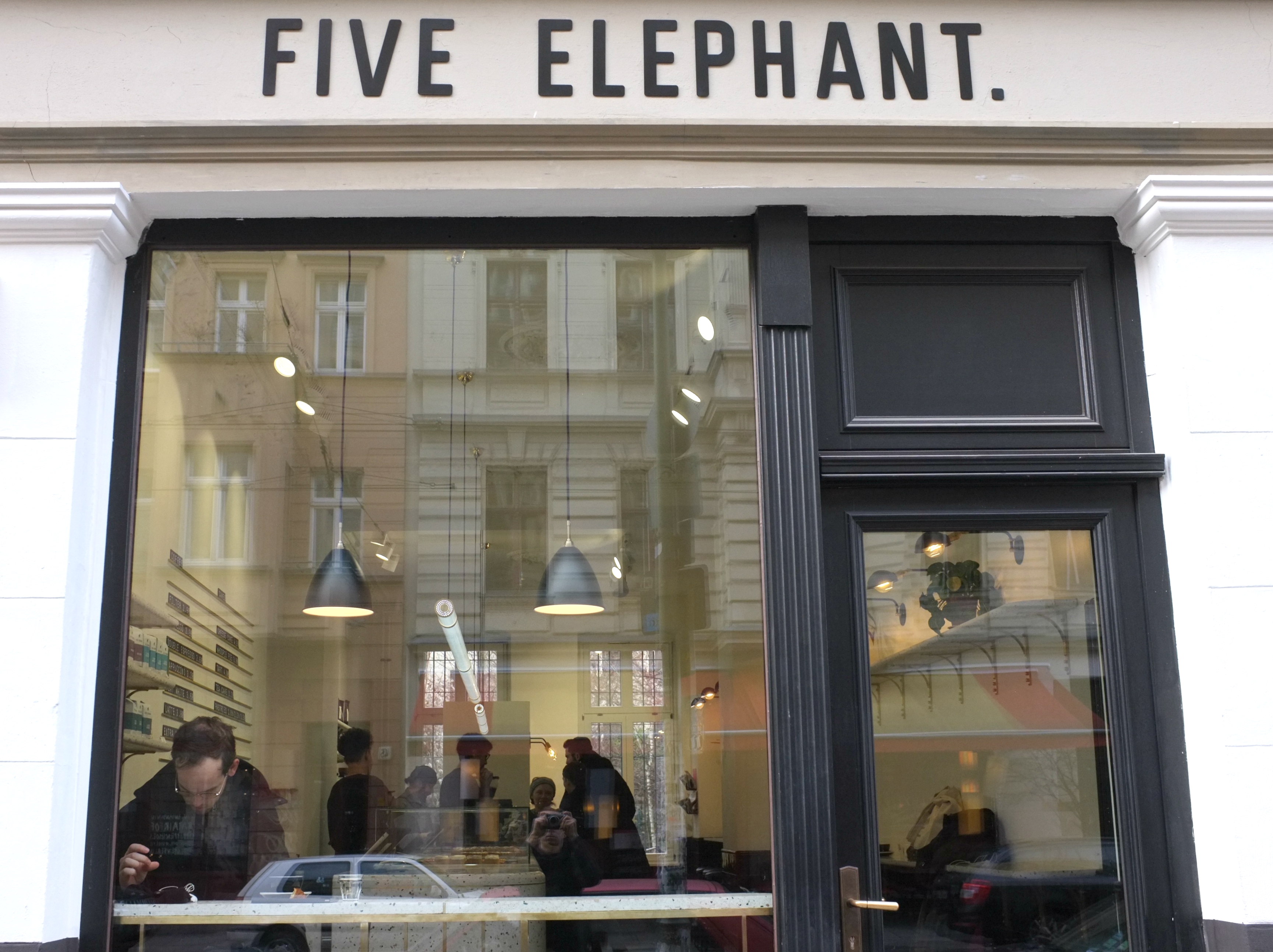
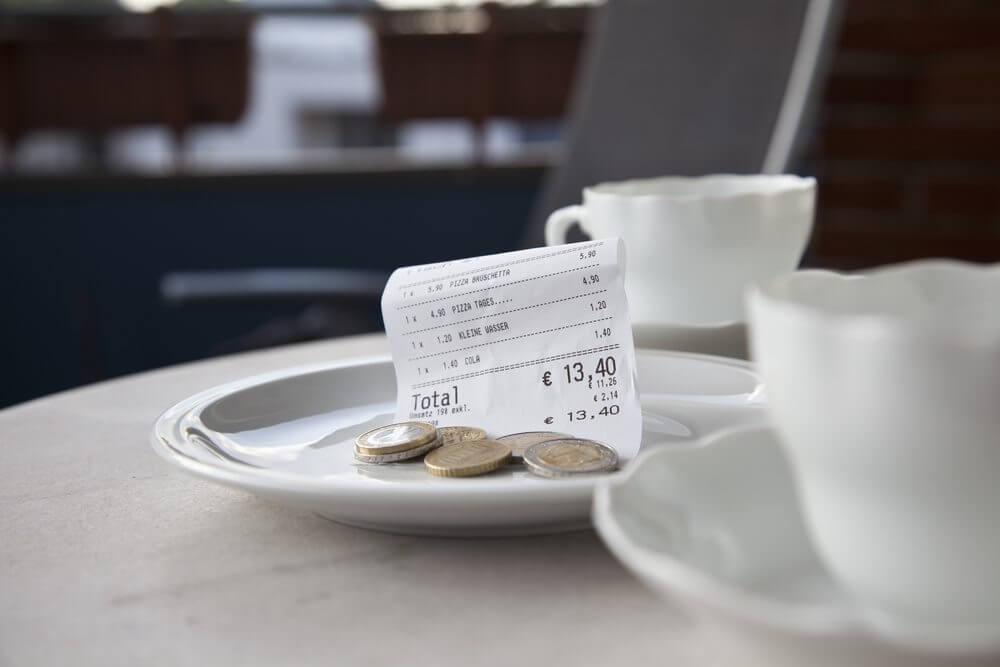








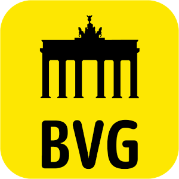
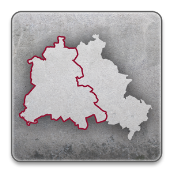




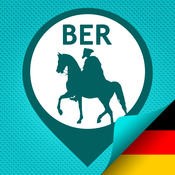


 To get a sense of what the lgbtqia+ culture is like in Europe and to keep up to date with country policies you can make use of different lgbtq+ organizations out there, like the
To get a sense of what the lgbtqia+ culture is like in Europe and to keep up to date with country policies you can make use of different lgbtq+ organizations out there, like the 